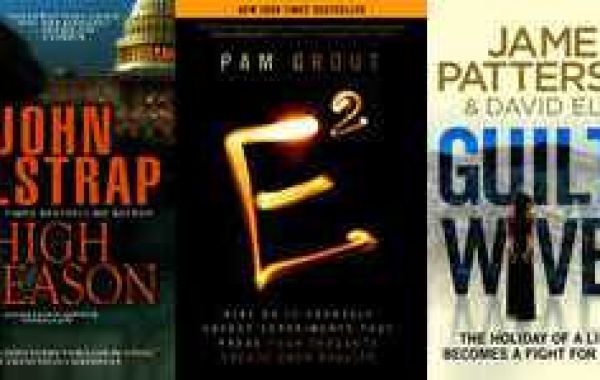Ever since I stumbled upon a charming
linen shirt on a sweltering summer day, I've been enamored with this ancient yet so modern fabric. It wasn't just the coolness against my skin that caught my attention; it was the rustic, effortless elegance that linen exuded. This discovery wasn't just a wardrobe refresh—it was the beginning of my journey with
Tinya, my sustainable clothing brand that champions materials like linen for a greener planet.
What Exactly is Linen?
Linen is a natural fabric made from the fibers of the flax plant, a resilient herb known for its versatile uses. The journey from plant to fabric is fascinating and labor-intensive, involving steps like retting, scutching, and spinning. These processes make linen a less common choice in the fast fashion industry, which often prefers quicker and cheaper materials. However, it’s this meticulous craftsmanship that ensures every piece of linen clothing is special—not just for its look, but for its minimal environmental footprint. At Tinya, we choose linen precisely for these qualities, aligning with our commitment to sustainability.
The Two Faces of Linen: Natural and Bleached
Linen comes in mainly two types: natural and bleached. Natural linen is the eco-friendliest option. It skips the bleaching process, retaining the flax's original color—a beautiful, earthy palette of greys, tans, and creams. This type of linen is a hallmark of Tinya’s product lines, celebrated for its organic and untouched beauty.
On the other hand, bleached linen offers a different appeal. It's softer and more uniform in color, with a pristine whiteness that appeals to those who prefer a classic look. At Tinya, we ensure even our bleached linen is processed using environmentally safe practices, maintaining our dedication to sustainability.
How to Spot High-Quality Linen
Identifying premium linen is key to making wise purchases that last. Here’s what to look for:
Color and Shine: Good quality natural linen should have a slight natural luster and an even, absorbent texture when wet. Uneven water absorption often indicates chemical treatment or lower quality.
Texture: Perform the 'scrunch test' by bunching the fabric in your hand. Linen naturally wrinkles but should not feel overly stiff. It should also start to smooth out on its own, showing resilience and durability.
Thread Count and Weave: High-quality linen isn't necessarily about high thread count but should have a dense, tight weave. This indicates better durability and feel.
Linen vs. Other Bast Fibers
While linen and other bast fibers like ramie may seem similar, their differences are distinct. Ramie, for instance, often has a glossier finish and an even finer weave. However, linen outshines with its superior moisture-wicking capabilities and breathability, making it perfect for summer wear. These properties are not just due to the fiber itself but also how it’s woven and treated, aspects we at Tinya refine to perfection.
Wrapping Up: Why Linen?
Choosing linen isn’t just about fashion; it’s about making a positive impact on our environment.
Linen clothing offers a sustainable, durable, and wonderfully aesthetic option for anyone looking to enhance their wardrobe responsibly. I invite you to explore Tinya’s range of linen clothing. Embrace sustainable fashion that not only looks good but feels marvelous and is kind to our planet.
 How To Love Yourself As A Senior Bbw
Durch Christopher Miller
How To Love Yourself As A Senior Bbw
Durch Christopher Miller Jobs That Are Perfect for People Who Like to Work With Their Hands
Durch Kevin Gardner
Jobs That Are Perfect for People Who Like to Work With Their Hands
Durch Kevin Gardner Best canadian pharmaceuticals online
Durch Rosa Smith
Best canadian pharmaceuticals online
Durch Rosa Smith What is the greatest online casino in Canada?
What is the greatest online casino in Canada?
 Mentioned previously in despatches
Durch SEO Consultant
Mentioned previously in despatches
Durch SEO Consultant

